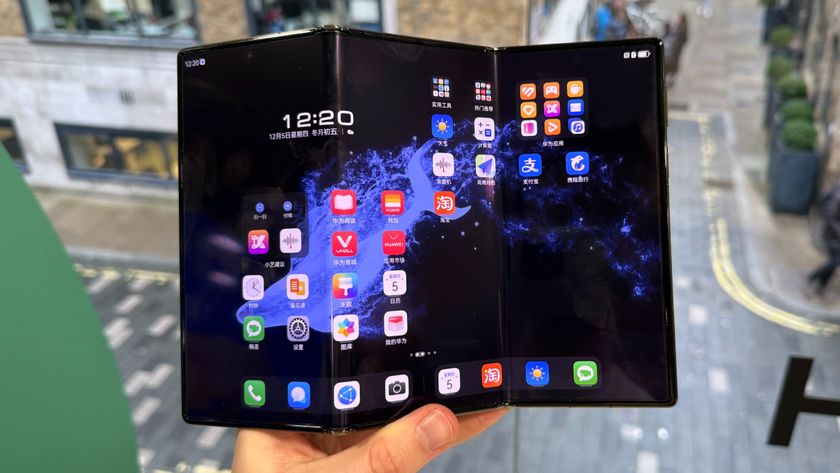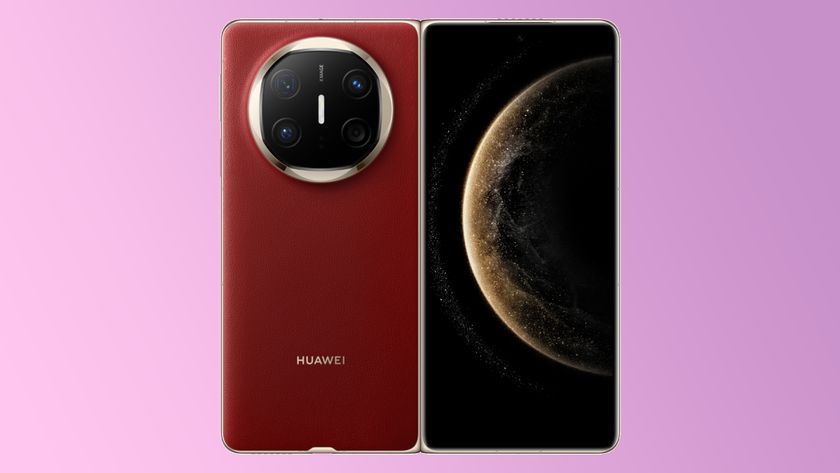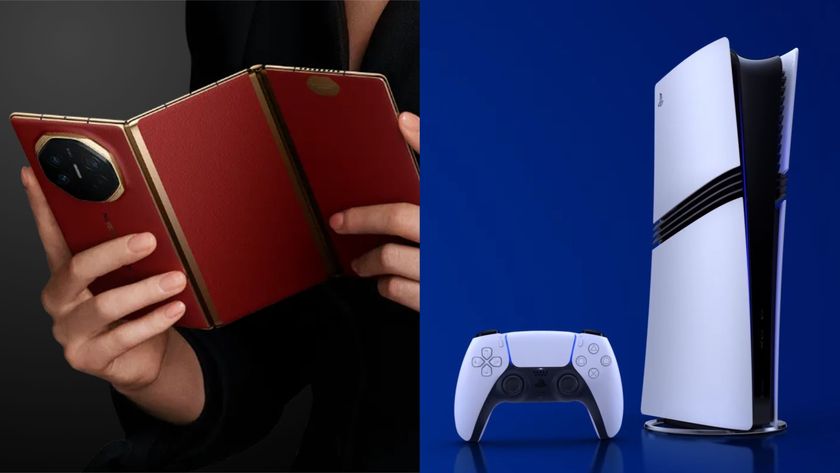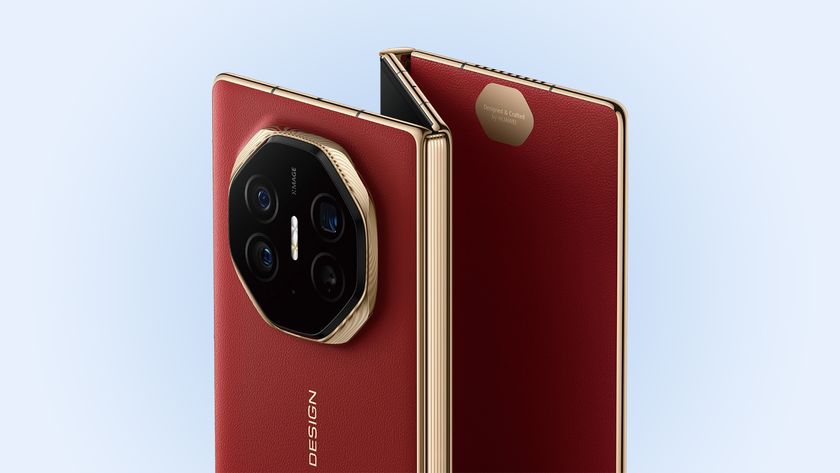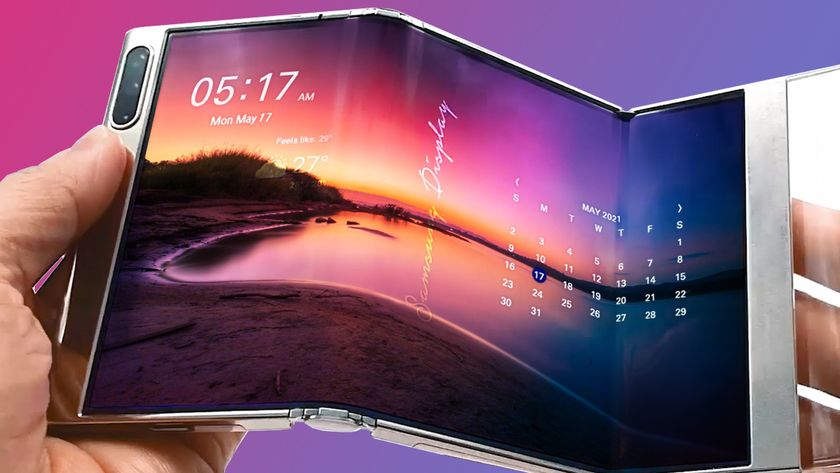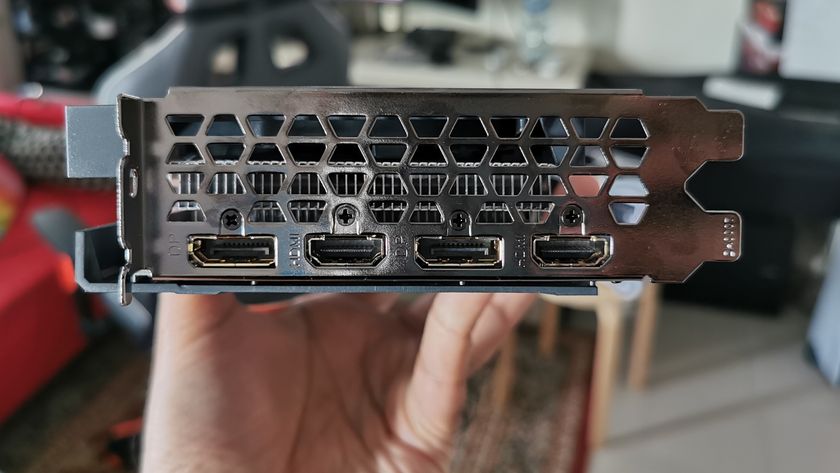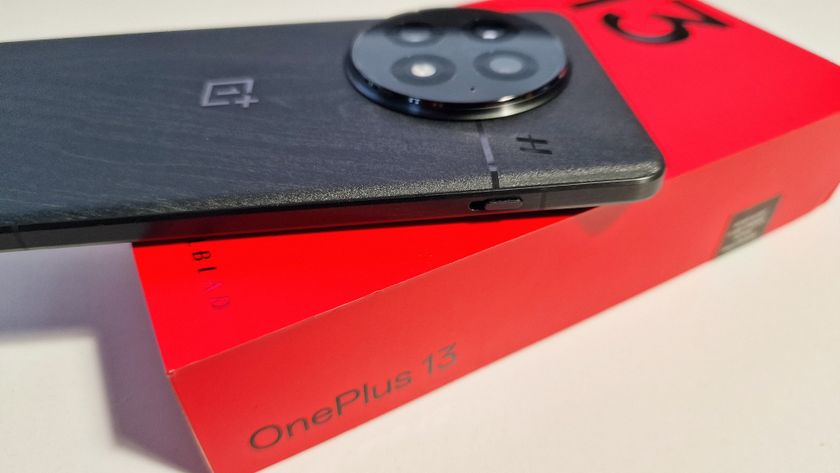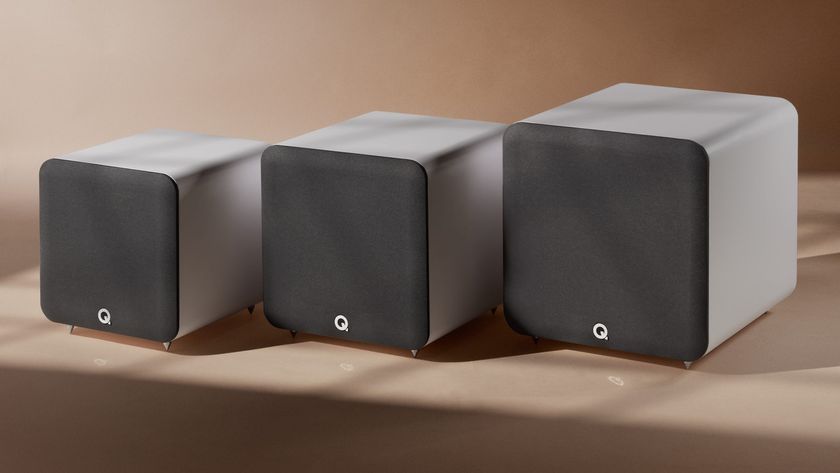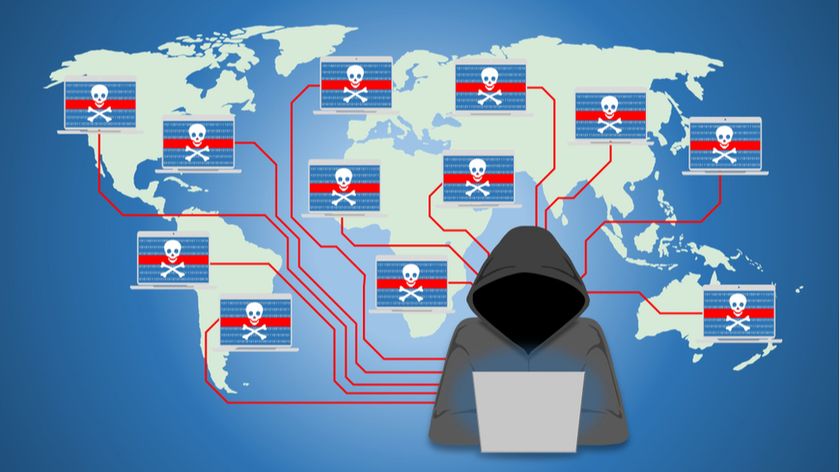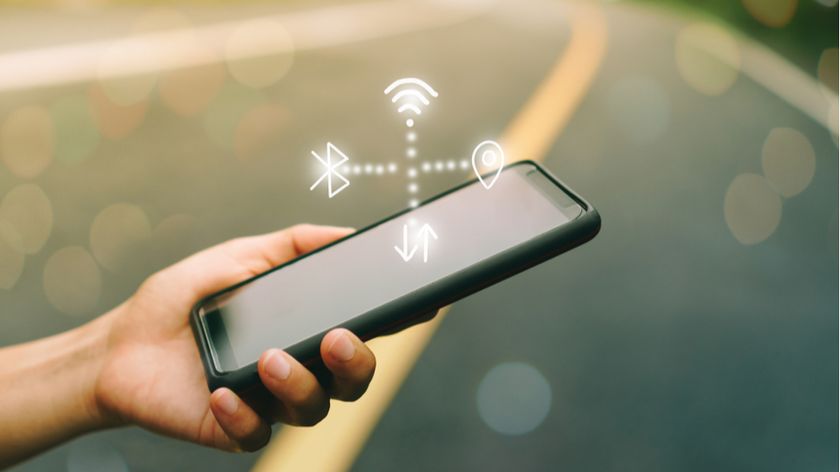Huawei ban: the global fallout explained
Update: Mate 30 series won't have Google services
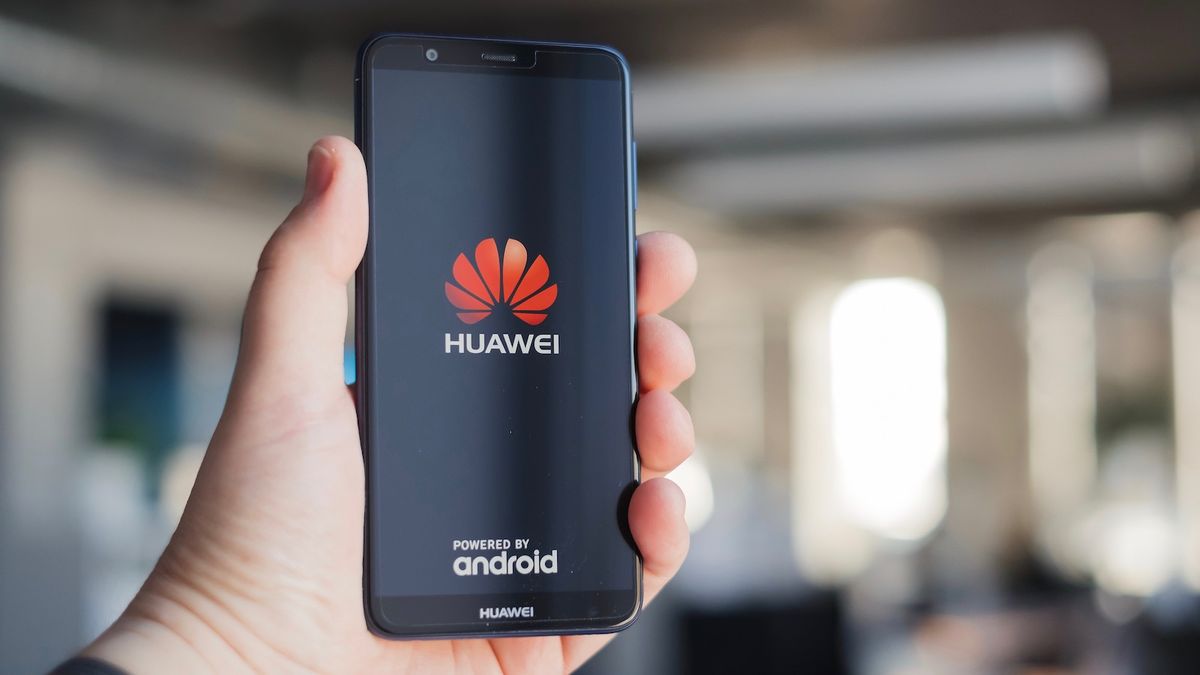
Update: The Huawei Mate 30 and Huawei Mate 30 Pro briefly had backdoor access to Google apps and services but even that has now been blocked - in other words, you're not getting Play Store access on these phones even if you're tech-savvy.
Huawei has found itself at the center of a global tussle between the US and China after the Trump administration placed the Chinese brand on the 'entity list', limiting the business US companies could do with it, and leading to worldwide implications.
It led to Google blocking Huawei's future access to Android updates, UK-based chip designer ARM has ceased all activities with the brand, and multiple retailers and networks around the world have had to stop dealing with Huawei for fear of sanctions from the US government.
There have been a few reprieves though, as on May 20 the US Commerce Department issued a temporary license for Huawei to work with businesses in the US, meaning US companies can resume partnerships with the brand on a short term basis.
Read more about the Huawei ban:
- Huawei’s Android rival is incoming, will be compatible with Play Store apps
- Microsoft drops Huawei laptops from its store
- Huawei's HarmonyOS is official
While the WiFi Alliance and the SD Association - the standards-making bodies that govern the technology used for connectivity and mobile storage - ejected Huawei, preventing the company its chance of shaping the future of these technologies, the Chinese company has since been reinstated.
By July, things took a turn in Huawei's favor, with President Trump suggesting the Huawei ban could soon be over at the G20 summit in Japan, and by mid-July, some US companies were permitted to trade with Huawei.
Get daily insight, inspiration and deals in your inbox
Sign up for breaking news, reviews, opinion, top tech deals, and more.
In isolation, this isn't the silver bullet Huawei needs, as the specifics of this relaxation to the ban are still unclear, but by mid-July, reports hinted that within two to four weeks, Huawei and US companies could resume trading.
In the face of all of these setbacks, Huawei's founder Ren Zhengfei maintained a positive outlook for the brand, stating: "We will certainly be able to continue serving our customers.
"Our mass production capacity is huge, and adding Huawei to the Entity List won't have a huge impact on us. We are making progress in bidding worldwide."
While it was promising to see the US government allow companies with pre-existing deals to continue supplying Huawei for 90 days, the renewal of that limited license in mid-August came with an extension of the ban to 46 Huawei affiliates, which seemed to dash those hopes.
It seems the new period is just to give US companies more time to detach from Huawei: "As we continue to urge consumers to transition away from Huawei’s products, we recognize that more time is necessary to prevent any disruption," US Commerce Secretary Wilbur Ross said in a statement, according to The New York Times.
Indeed, the biggest hit yet to Huawei happened in the form of the Huawei Mate 30, which along with the Huawei Mate 30 Pro has been launched without access to Google's apps or services. That includes the Play Store, and Huawei has confirmed that side-loading it won't be possible.
Despite that claim, it was briefly possible to use a workaround to access Google services, but that method was blocked seemingly as soon as it became widely known, so you really will be locked out of much of Android if you buy one of these phones.
Though the core operating system is still based on Android 10, rather than being Huawei's new HarmonyOS.
The lack of apps such as the Play Store, Gmail and Maps could seriously limit the Mate 30 range's appeal to consumers. As a result of this, Huawei has said that it's unsure whether the range will launch in the UK - and it was never likely to launch in the US, though the Mate 30 Pro will be landing in Australia.
Its use of Android at all could soon come to an end as well, as Huawei spokesman Joe Kelly said "Huawei will continue to use the Android OS and ecosystem if the U.S. government allows us to do so, otherwise, we will continue to develop our own operating system and ecosystem."
We've contacted both Google and Huawei for clarification and further comment, and we'll update this article once we know more.
What does the ban mean if I have a Huawei phone?
First up, it's worth noting that the Huawei Mate 30 range are the first Huawei handsets to be heavily affected by the ban, as you won't be able to access Google software or services on them.
Even security patches will only be offered once they're made available to Android open source (which is what the phones use), meaning they won't be offered as speedily as you might hope.
As for older handsets, perhaps the most useful piece of information about current Huawei phones is Google's statement issued to TechRadar:
"We are complying with the order and reviewing the implications. For users of our services, Google Play and the security protections from Google Play Protect will continue to function on existing Huawei devices," a spokesperson told us.
That's good news if you’ve just spent large amounts of money on a Huawei P30 Pro: as alluded to above, current (pre-Mate 30) devices from the Chinese brand will continue to get security updates and access to the Play Store for the foreseeable future, as Google has promised not to leave those out in the cold.
Huawei has also said to TechRadar that it will continue to do all it can to support the phones currently out in the wild, and is looking at other implications of Google's decision.
The company told us: “Huawei has made substantial contributions to the development and growth of Android around the world. As one of Android’s key global partners, we have worked closely with their open-source platform to develop an ecosystem that has benefited both users and the industry.
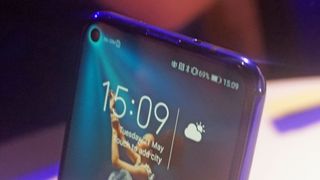
"Huawei will continue to provide security updates and after-sales services to all existing Huawei and Honor smartphone and tablet products, covering those that have been sold and that are still in stock globally.”
Huawei Australia has echoed the sentiment, also claiming that “those that are planning to buy a Huawei device in the near future” will not have to worry about the sanctions, according to Huawei Australia’s Director of Corporate Affairs, Jeremy Mitchell - again though, this only applies to pre-Mate 30 handsets.
So while the fact remains that current - pre-Mate 30 - models will be offered speedy updates, it's unclear how long these will last for, and the fact that networks are getting jittery about the sanctions isn't going to make anything easier for Huawei.
While most smartphone brands will honor security updates for two to three years after launch of a new handset, one might expect this to be much shorter in the case of Huawei phones, given these restrictions from Google.
What about future Huawei phones?
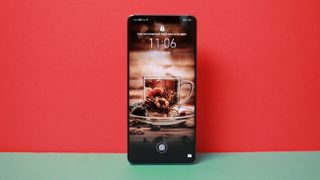
Future phones currently look set to follow in the footsteps of the Huawei Mate 30 range, meaning they won't have access to Google's apps or services.
This is a potentially critical blow to the Chinese brand, which only recently spoke out about its plans to be the world's largest smartphone manufacturer.
This means that if Huawei wants to keep using the Android operating system, it will need to use the Android Open Source Platform (AOSP), which is a free system that any brand can use as an underlying foundation for its products, and which it's using on the Mate 30.
However along with the Google Play Store it won’t have access to the core Google apps like YouTube, Google Maps and Chrome – these are core elements of Google's business that it's not duty bound to make available to anyone.
Without access to the Play Store, Huawei would be forced to work directly with developers to get them to create versions of their wares for its phones. This situation would be similar to that of Amazon’s Fire OS, which is based on AOSP but has its own app store, as the retail giant seeks to control the platform its Fire tablets and Echo devices run on.
The consequences of having to use AOSP could be devastating, as access to a fully-stocked app store is crucial to the success of any modern smartphone – Nokia and Microsoft failed to make Windows Phones a viable alternative to Android and Apple’s iOS, even though both brands poured millions into developer tools and enticing the top app creators onto their platform.
However, Huawei has claimed that it's been developing its own alternative to Android for nearly seven years, calling it a 'Plan B' that’s ready to go.
Previously codenamed HongMeng OS, the operating system's final name (as predicted by a registration in Europe) is HarmonyOS, and stating its alternative operating system will be launched either at the end of 2019 or the beginning of 2020, and would work across "mobile phones, computers, tablets, TVs, cars and smart wearable devices." The Honor TV will be the first device to use the new software.
In a statement to TechRadar, Huawei said: "We will continue to build a safe and sustainable software ecosystem, in order to provide the best experience for all users globally," which sounds like it already wants to generate some positive hype around its alternative OS.
However, Huawei also said it would rather continue working with brands like Google and Microsoft (whose Windows operating system runs on Huawei laptops) to offer the best experience - a sentiment it has since offered around all its suppliers, hinting strongly that it hopes to resume actions if and when this ban is lifted.
Huawei is also claiming that it can still create smartphones and other equipment with the components it has stockpiled before the ban, as well as creating new partnerships around the world.
The brand has continued to state it believes working with international partners remains the best course of action - although has confirmed it's looking at how to manage as much as possible within its own country.

"Huawei has been working hard on developing its own AppGallery and other software assets in a similar manner to its work on chipset solutions." Ben Woods, Chief of Research at CCS Insight, told TechRadar. "There is little doubt these efforts are part of its desire to control its own destiny."
With Huawei losing access to the Google Play Store, it will take an enormous amount of investment to attract developers to create app options that would keep users of its smartphones happy – and you have to wonder whether the brand would feel it was worth continuing to make phones at all when faced with that kind of hurdle.
The same also applies to Honor, the sub-brand of Huawei phones. Honor might have tried to distance itself from its parent company, but it’s been confirmed that it will be subject to the same sanctions.
However, since the news of the Android suspension, more details have emerged about Huawei's plans for the App Gallery on the HongMeng OS: it's been reported that the brand is offering app developers access to Chinese users, as well as financial incentives to networks to add its app portal to phones.
Developers would be able to simply and quickly tweak their Android apps to work on Huawei's platform, and theoretically have access to a huge Chinese user base, and at the Mate 30's launch Huawei revealed that it was spending $1 billion on developing its app store - although it remains to be seen whether Huawei phones will continue to be sold in strong enough numbers worldwide for developers to update and maintain their apps.
What of the ARM news, is it truly damaging?
A huge issue facing Huawei is that chip designer ARM isn't going to work with the brand for the short term. That may seem odd, as it's a Japanese-owned brand headquartered in the UK, but as its designs use US-based technology, there's a fear this could fall foul of the trade restrictions.
If the Huawei ban means it can't use ARM reference designs in its chipsets, it would be incredibly difficult and costly for the brand to replace them - and it may prove to be impossible, which would cast further doubt over the future of Huawei's phone arm.
A Huawei spokesperson told the BBC: "We value our close relationships with our partners, but recognize the pressure some of them are under, as a result of politically motivated decisions.
"We are confident this regrettable situation can be resolved and our priority remains to continue to deliver world-class technology and products to our customers around the world.”
In any case, the loss of ARM support might take a little longer to be felt than previously thought: Huawei has apparently been granted a permanent license over key ARM technology from a few months ago, after it saw potential trouble ahead.
This would allow it to keep using these key chip designs (which includes tech used in the new Kirin 990 chipset) for the foreseeable future in its phones, laptops and infrastructure equipment, and the brand has also told TechRadar that it believes it can create ARM-based chipsets for use in its laptops as well, to replace any issues with Intel chip supply.
What about other brands? What does this mean for the wider smartphone world?
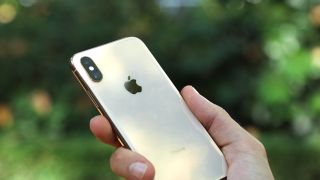
While these sanctions don’t currently affect other brands, the message being sent is clear: global politics can have dramatic implications for the manufacturing and marketing of consumer devices that have become indispensable for billions of people.
The Huawei news has sent the some technology stock prices downwards too, affecting the market as a result of the US ban.
While there’s currently no issue with brands headquartered in other parts of the world, a similar sanction could see other smartphone manufacturers forced into a costly rethink.
A few years ago Samsung seriously threatened a breakaway move from Google’s Android operating system, as it felt the search giant had too much control over the operating system on its Galaxy smartphones.
It worked to develop the Tizen OS, which is still used on devices like Samsung's Galaxy smartwatches, triggering negotiations with Google about allowing more freedom for manufacturers.
(It’s worth noting that while Samsung did release smartphones based on Tizen, they were budget models, and didn’t come anywhere close to the success of its Galaxy phone range).
The big beneficiary here could be Apple – President Trump has long advocated for the brand to move its operations from China to the US, and exempted Apple from the trade tariffs imposed on China so that the brand wouldn’t have to raise its prices.
Huawei has been a thorn in Apple’s side of late, with the rise of the Chinese brand seeing it usurp its Cupertino-based rival in the worldwide rankings and become a serious competitor in the premium smartphone space – and Trump clearly wants to see the US tech giant do more of its business back home.
Worries of China responding with a sanction on Apple's phones could follow, but Huawei's founder has spoken out, saying that he hopes this does not happen.
The Chinese government also doesn't want Apple moving its operations from the country - it would not only be incredibly costly for Apple, which would still need to source many components from Asia to build future iPhones, but also affect the Chinese economy too by losing such a big customer.
The loss of Huawei as a major player in the global smartphone market could also have a wider impact on the smartphones other vendors are pushing out. The Chinese brand’s aggressive development of new technological capabilities has forced rivals to significantly improve their devices and push out new advancements of their own, and any diminution of its influence would likely slow the rate of development.
Huawei’s smartphone camera prowess has arguably kickstarted a race to offer cameras that deliver ever-better sharpness, color and overall image quality in the last two years – the quality of the pictures it's possible to take on a premium phone has improved dramatically as the brand's P series has relentlessly pushed the boundaries of what’s possible.
The company is also in a race with Samsung to bring out the first widely available foldable phone – and the Huawei Mate X’s mere existence surely forced the South Korean brand to speed up its development of a bending handset, meaning consumers will get access to the technology earlier (although Samsung probably would have rather waited to deliver the Galaxy Fold…).
Meanwhile, companies in Huawei's supply chain could suffer, and chipmaker Broadcom has adjusted its revenue forecast, as it predicts lower sales due to the ongoing issues with Huawei.
Should I buy a P30 or Mate 30 (or any Huawei phone)?
Huawei's phones currently fall into two camps. There's the Huawei Mate 30 range (and likely any handset which comes after them), and then there are phones like the Huawei P30 and P30 Pro which came before.
The Mate 30 range lacks access to Google apps and services (with even 'backdoor' methods of access being blocked), making them a tough sell, despite their impressive specs, but at least you know what you're getting there.
If you're wondering whether you should buy an earlier handset such as a P30 or P30 Pro with everything that's going on, Huawei clearly thinks you should.
It's been indignant in the face of the bans, with its P30 Pro price holding firm for a long time after launch. Its CEO has also claimed that Huawei's new operating system will be faster than Android.
The brand has also opened its largest flagship store outside China, in Madrid, hitting the point home that it’s serious about its European operations, and the US sanctions placed against it won’t change that.
Huawei has, additionally, confirmed it will be rolling out the Android 10 update to the P30 Pro (and a number of its other handsets) too, and that apps and services won’t be switched off for existing (pre-mate 30) Huawei devices, which guarantees a degree of future-proofing for the flagship.
In turn, we can’t categorically say whether you should or shouldn’t buy a P30 Pro, or another Huawei smartphone, but things aren't looking good for the tech giant, as its latest flagships - the Huawei Mate 30 and Huawei Mate 30 Pro - were forced to launch without access to Google's apps and services.
There's a chance that negotiations can be entered into with the US government, allowing the brand to prove itself 'safe' and move out from the middle of the trade war between China and the US.
Google has also confirmed that it's ‘reviewing’ the situation, and the implications of the US sanctions – it doesn’t want to limit the reach of its Android ecosystem, and US brands like Qualcomm are going to be severely impacted by the Huawei restrictions, so will likely lobby to have this decision re-examined.
However, if Google is forced to permanently cut Huawei off from future Android security updates and access to the Play Store, then it could not only make things difficult for Huawei, but may cause consumers to view any Chinese brand with suspicion – and given the proliferation and technological prowess of the latest phones coming out of that country, that would also have a huge impact on the industry.
So while this move seems to only affect Huawei right now, it's going to have a knock-on effect for the entire industry, and may have implications when it comes to the next smartphone you buy. It could even mean the rise of a new mobile operating system, and potentially a serious challenger to Android.

Gareth has been part of the consumer technology world in a career spanning three decades. He started life as a staff writer on the fledgling TechRadar, and has grew with the site (primarily as phones, tablets and wearables editor) until becoming Global Editor in Chief in 2018. Gareth has written over 4,000 articles for TechRadar, has contributed expert insight to a number of other publications, chaired panels on zeitgeist technologies, presented at the Gadget Show Live as well as representing the brand on TV and radio for multiple channels including Sky, BBC, ITV and Al-Jazeera. Passionate about fitness, he can bore anyone rigid about stress management, sleep tracking, heart rate variance as well as bemoaning something about the latest iPhone, Galaxy or OLED TV.
